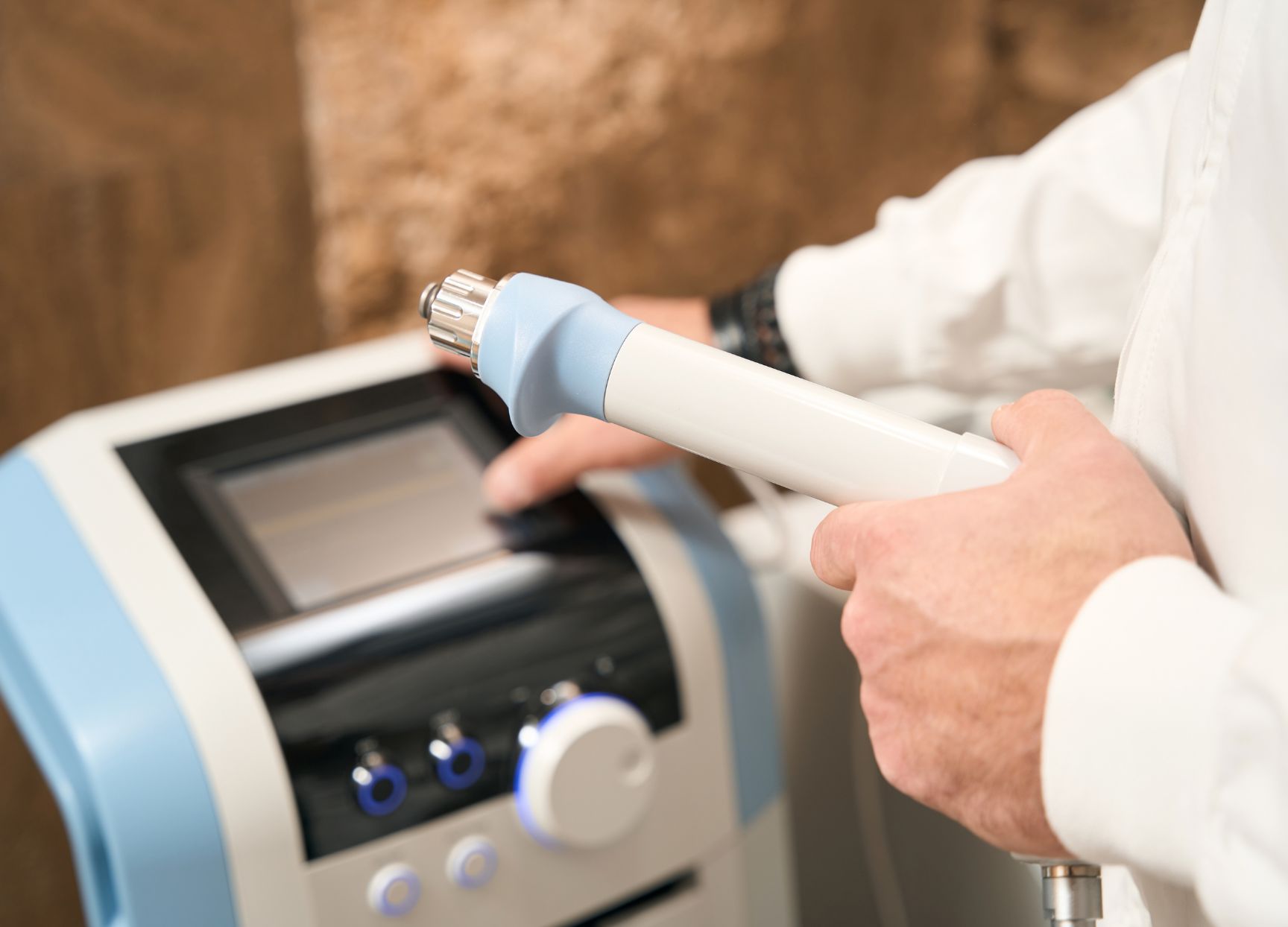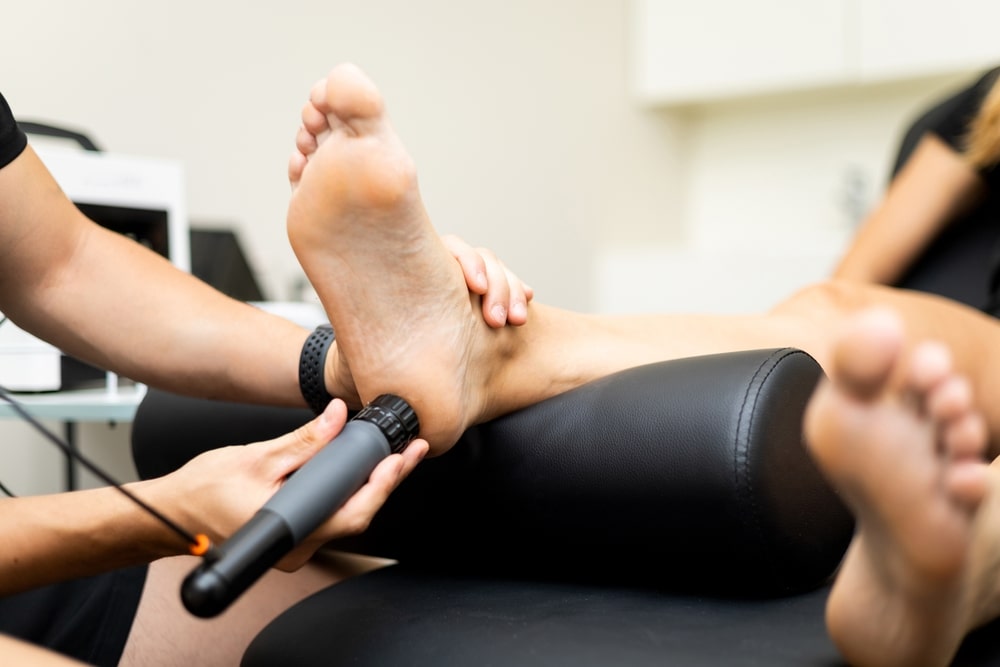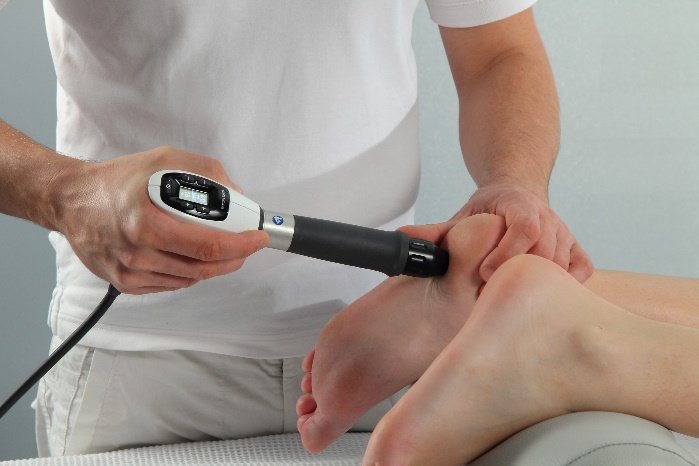What is shockwave therapy?
Shockwave Therapy (ESWT) is a treatment for soft tissue injuries. Whether your injury, pain or chronic condition has been caused by the wear and tear of daily activities, exercise, pregnancy, ageing or accidents, musculoskeletal disorders and soft tissue injuries can be debilitating. Many people think that surgery is the only answer but are worried about such a risky step.
Shockwaves are high-energy, audible soundwaves which are transmitted to the affected area to accelerate healing by increasing blood flow, putting cells into repair mode. Shockwave has an analgesic effect and stimulates repair and regeneration. Shockwaves break down injured tissue and calcifications. It can treat conditions in the hips, knees, shoulders, elbows, achilles tendons, forearms, shins, back and feet.
Shockwaves can be either focused or radial. Focused shockwaves offer a smaller focal point with a deeper treatment depth, precisely targeting specific areas. Radial treats a wider more superficial surface area.

Which Condtions Can Be Treated With Shockwave Therapy?
Conditions treated include but are not limited to:
- Achilles tendonitis
- Plantar fasciitis (heel pain)
- Patellar tTendonitis (jumper’s knee)
- Medial tibial stress syndrome (shin splints)
- Epicondylitis (tennis or golfers elbow)
- Periarticular shoulder pain
- Tendonosis calcarea (calcific tendonitits)
- Greater Tronchanteric Pain Syndrome (Hip)
- Back pain

Advantages of Shockwave Therapy
Shockwave therapy is recommended for patients who have already had previous conservative therapies that have provided little or no clinical benefit. Recent evidence has shown that Shockwave therapy can also be used for acute soft tissue disorders as well as chronic conditions, where you have tried other conventional therapies or not.
- No anaesthesia
- Non-invasive
- Fewer complications
- Significant clinical benefit often seen 6-8 weeks after treatment
- Fast treatment times

How many sessions are needed and how successful is it
On average 3 sessions are required. You will need a full assessment to determine the quantity. Treatments last between 10-15 minutes.
Success of shockwave therapy depends on the condition. Statistics show over 90 percent of patients experience a reduction in their pain. The overall success rates for all indications ranges between 60-80% depending on the conditions treated.






